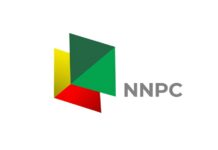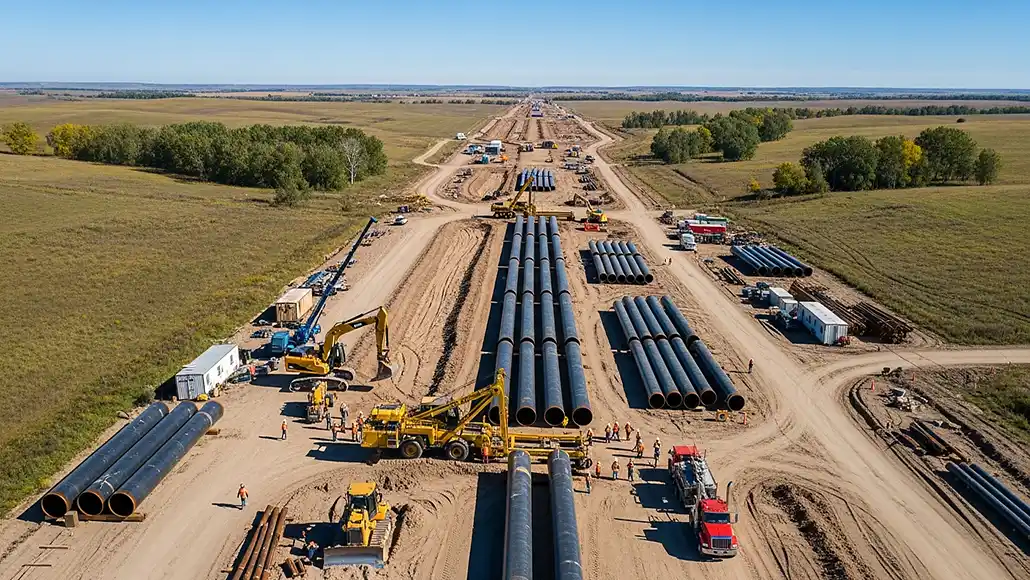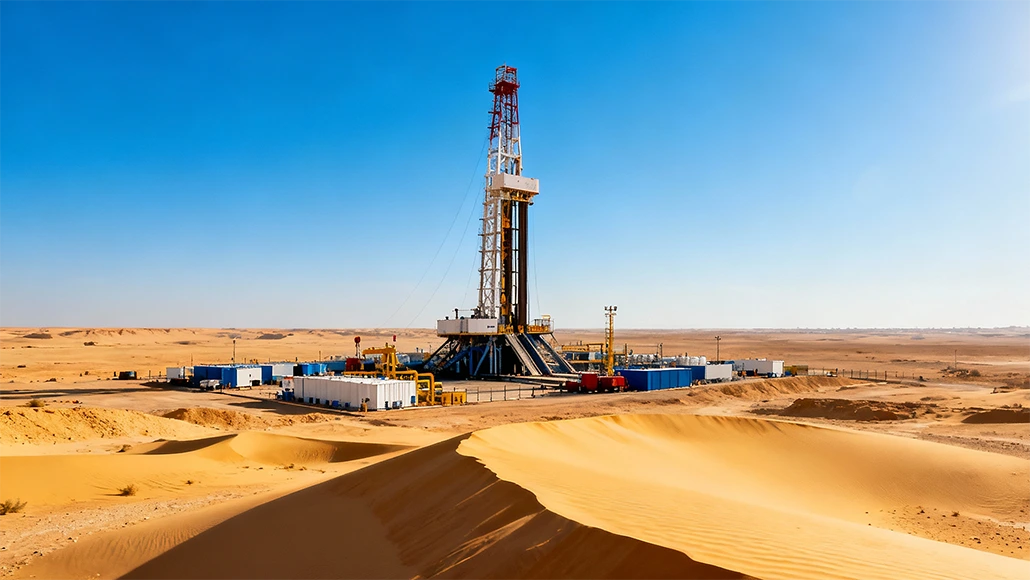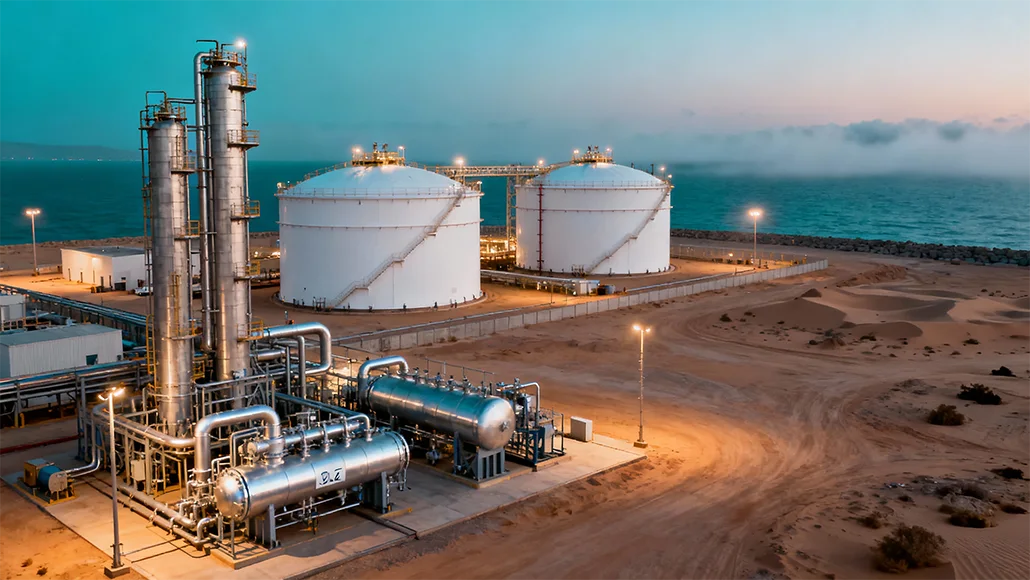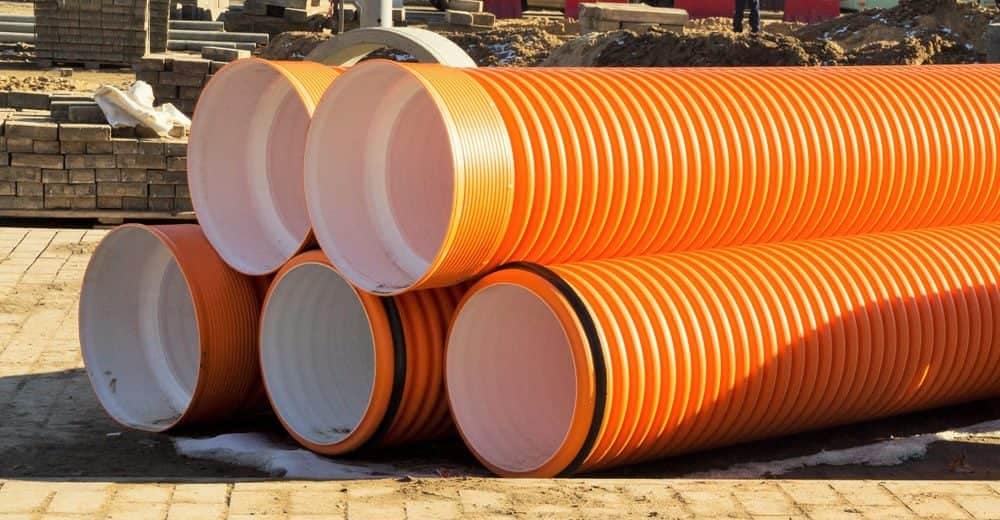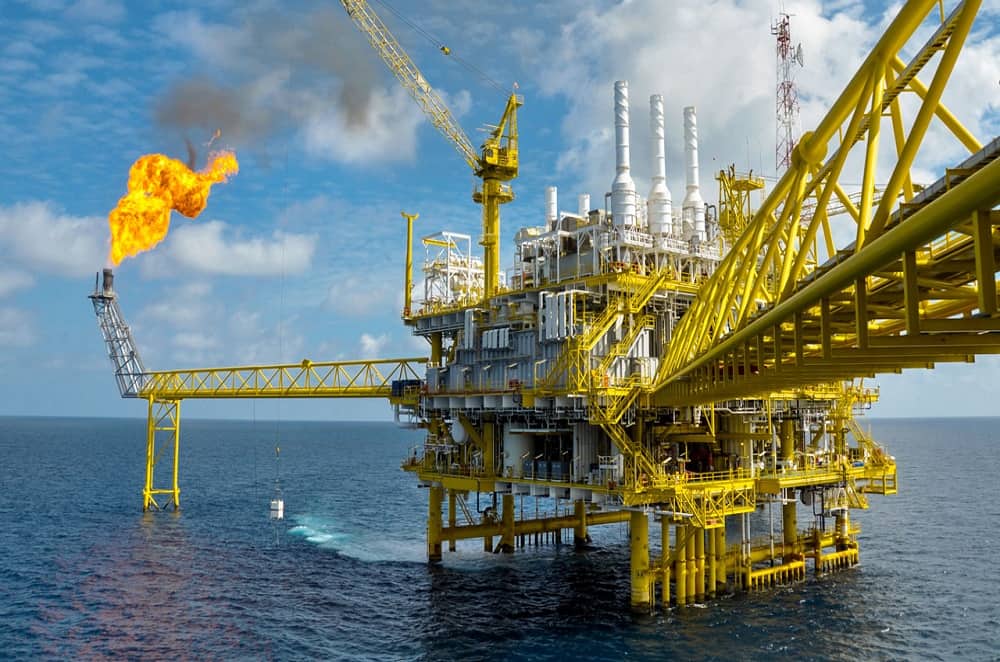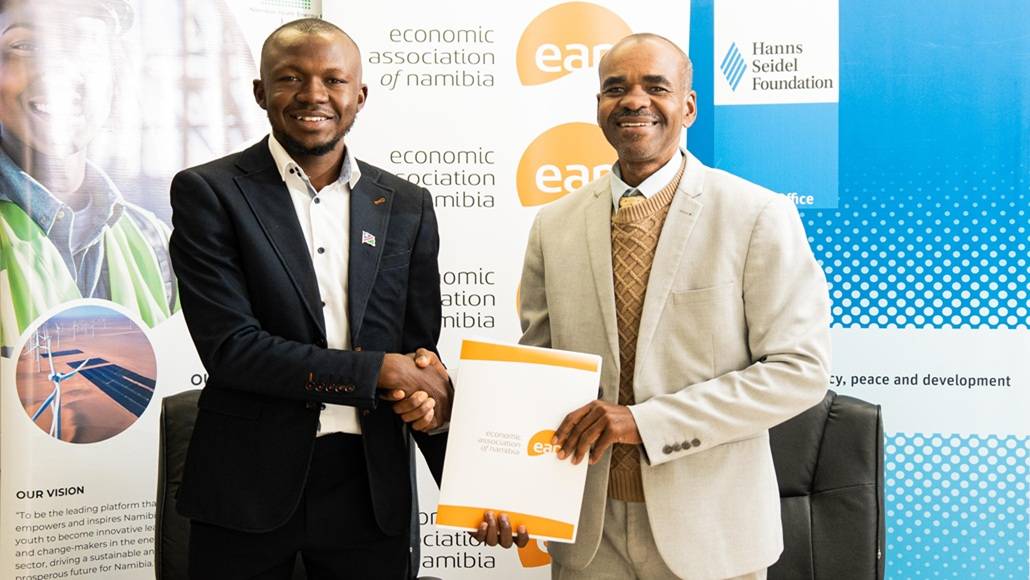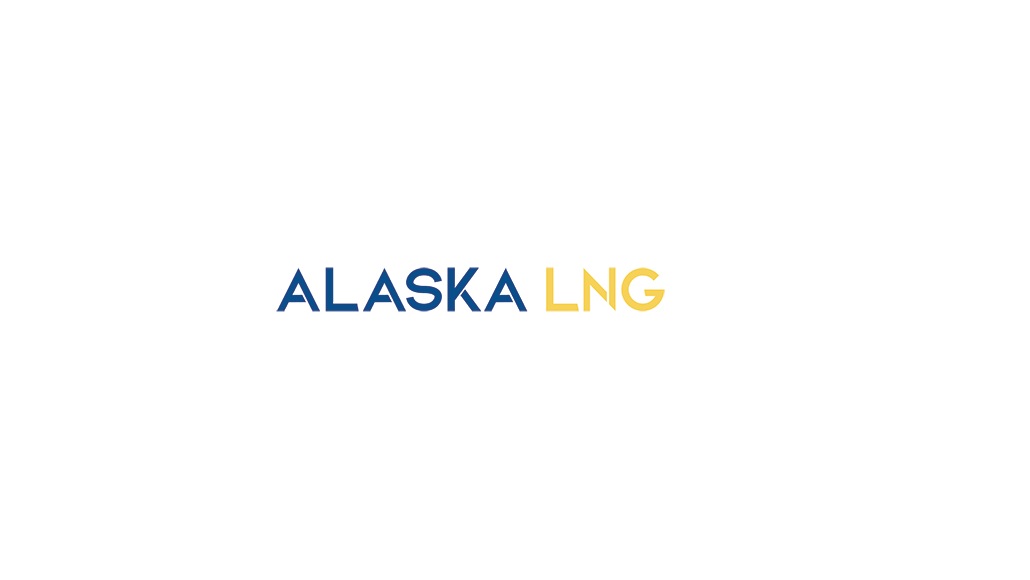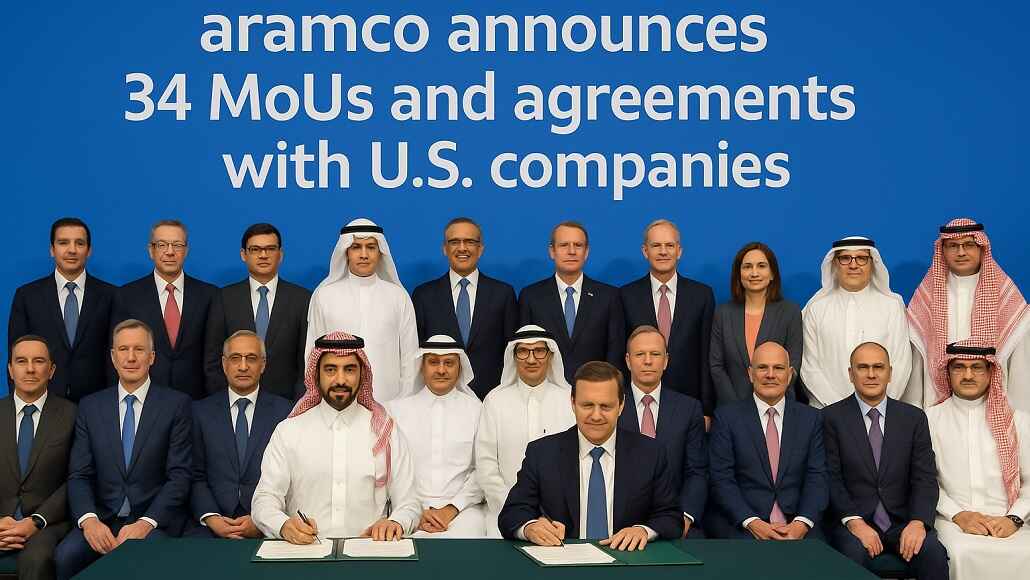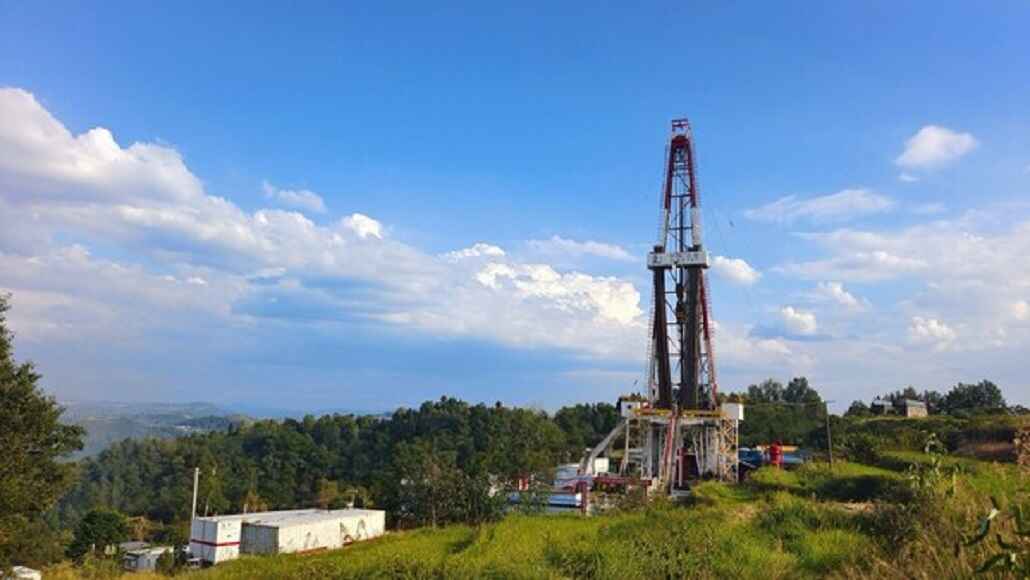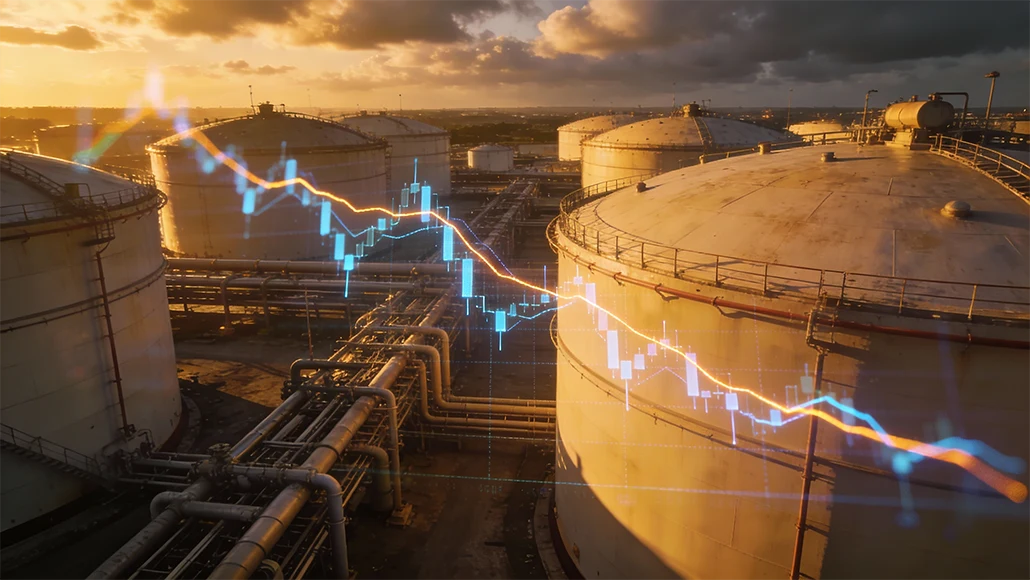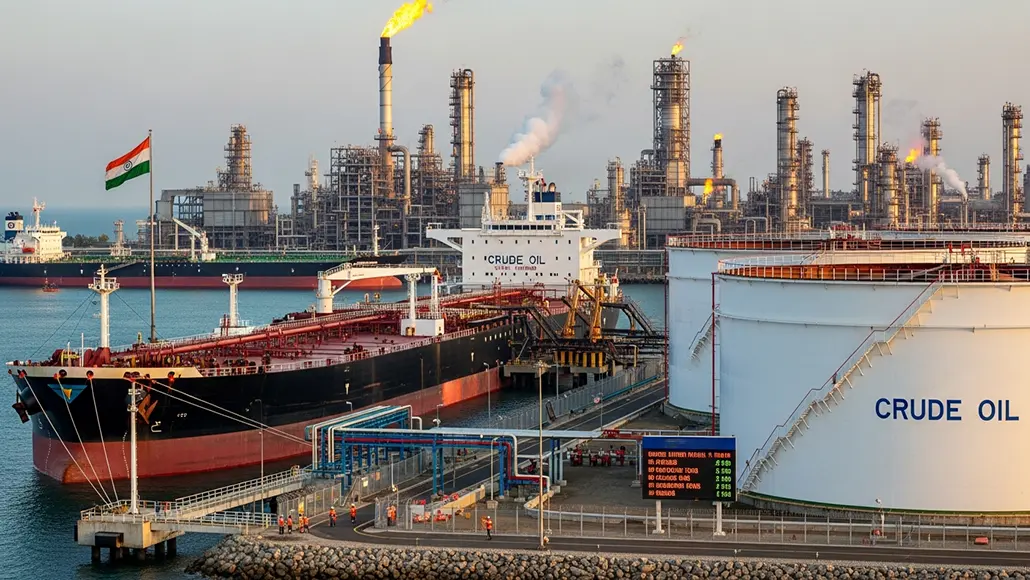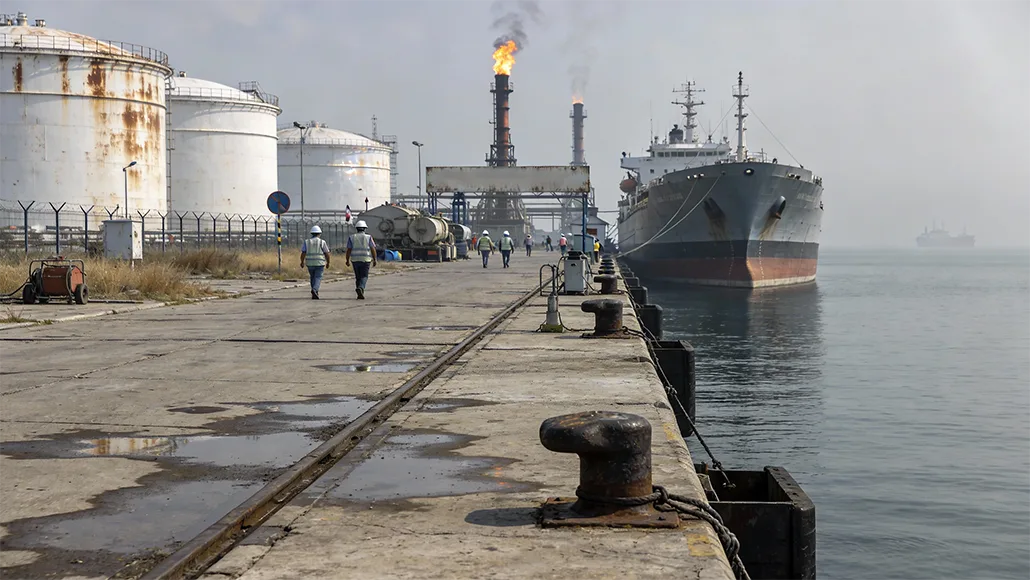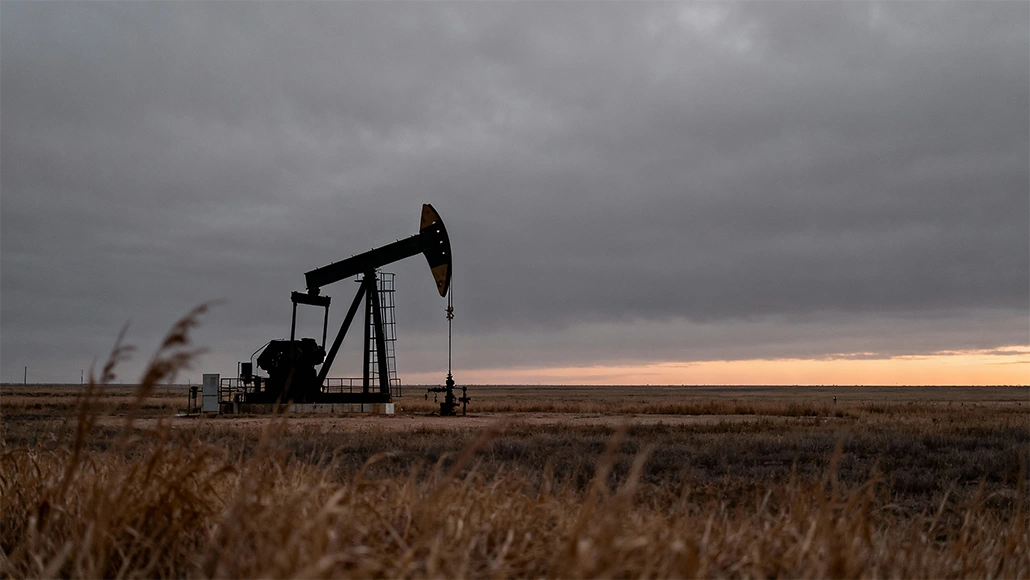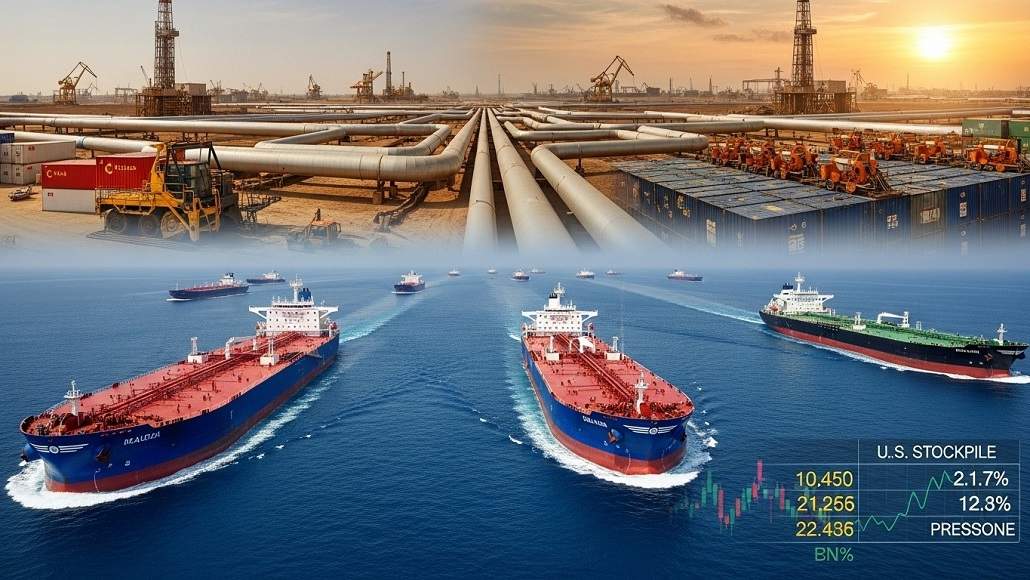On Tuesday, oil prices went up a little bit as investors looked at good demand signs and were careful before the OPEC+ meeting to establish the group’s production strategy for August.
Brent crude rose 37 cents, or 0.6%, to $67.11 a barrel. U.S. West Texas Intermediate oil rose 34 cents, or about 0.5%, to $65.45 a barrel.
The gains were likely due to supportive data from a private-sector survey in China, which showed factory activity returned to expansion in June, said Randall Rothenberg, a risk intelligence expert at U.S. oil brokerage Liquidity Energy.
Expectations that Saudi Arabia will raise its August crude oil prices for buyers in Asia to a four-month high as well as firm premiums for Russian ESPO Blend crude oil were also supporting the notion of robust demand, Rothenberg said.
Expectations that the OPEC+ group would raise its crude oil prices production in August by a comparable amount to the big increases agreed to in May, June, and July restrained oil prices from going up too much. Reuters learnt from four OPEC+ sources last week that the cartel aims to hike production by 411,000 barrels per day when it meets on 6 July.
“All eyes will be on OPEC+’s decision over the weekend, when the group is expected to add another 411,000 bpd of production in an effort to gain more market share, primarily over the U.S. shale producers,” StoneX energy analyst Alex Hodes told clients.
The organisation is also aiming to penalise members who are producing too much oil. This is in addition to taking market share from U.S. shale producers, who set a record for pumping oil in April, according to government figures published on Monday.
OPEC+ member Kazakhstan, one of the world’s 10 largest oil producers, raised oil production last month to match an all-time high, a source familiar with the data told Reuters on Tuesday.
Data from Kpler indicated that Saudi Arabia, the unofficial head of the OPEC+ group, upped its crude oil shipments in June to the quickest pace in a year.
“These exports are flooding out even faster than the OPEC+ deal implies during the summer, when peak domestic demand typically keeps oil supplies closer to home,” Hodes said.
According to sources that quote numbers from the American Petroleum Institute, crude oil Prices stocks in the U.S. climbed by 680,000 barrels last week. The Energy Information Administration will release official figures on Wednesday at 10:30 a.m. ET.
Investors are also keeping an eye on trade talks as the deadline for the U.S. President Donald Trump’s tariffs approaches on July 9. On Tuesday, Trump indicated he wasn’t thinking about pushing out the deadline.
A trade deal with India was very close, Treasury Secretary Scott Bessent said on Tuesday. Trump also said the U.S. will possibly have a deal with India, but he added that he doubts there will be a deal with Japan.
Bessent also said that nations might be told about big increases in tariffs, which would happen even while discussions are going well as the July 9 deadline approaches. This is when tariff rates are set to go back to the levels Trump declared on April 2 and subsequently stopped.
EU officials told Reuters that the EU needs rapid relief from tariffs in important areas as part of any trade agreement with the U.S.





